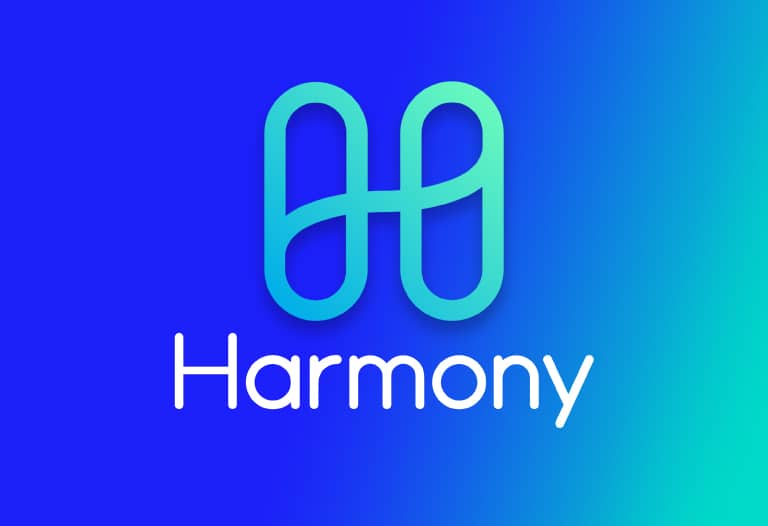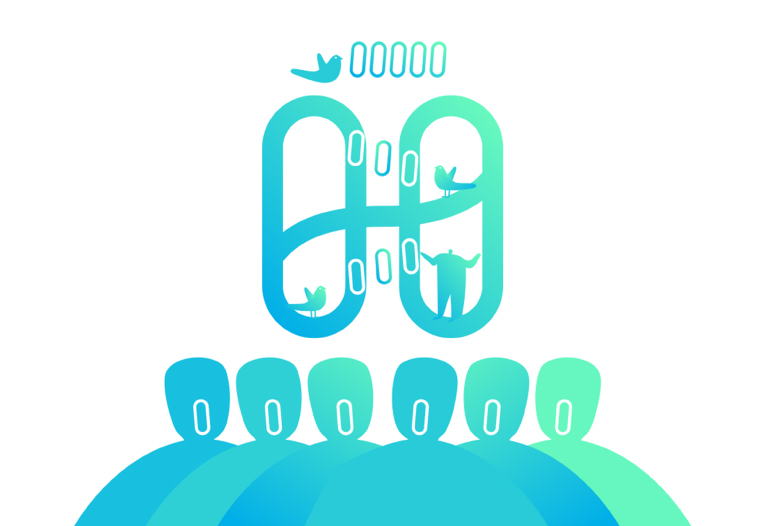
Table of Contents
ToggleIn this blog, I have written about layer 2 (L2) solutions, “sidechains” or projects that seek to improve Ethereum’s scalability and provide a blockchain that respects the crypto trilemma.
Today it is my turn to explain what Harmony is, and I can say without a doubt that it is one of the projects that has best fulfilled its objective.
Beyond creating products powered by technological innovations with reliable utility and the possibility of organic growth (scalability we call it in this field), it is key to create community.
The team behind this project achieved both goals. Let’s explore how they did it and understand what Harmony is.
What is Harmony?
Harmony is a blockchain created to support multi-purpose smart contracts, focused on providing fast and economical transactions, while offering its users a secure and scalable network. Not to mention, interoperability.
Perhaps, you are tired of reading this kind of bombastic proposals. But, wait a minute, in the case of Harmony, we can’t deny that they have put their proposal into practice.
Its focus, from the beginning, has been to stay with the famous crypto trilemma. Let’s review it, and then retrace Harmony’s path to achieve its goal.
What is the crypto trilemma?
While it is a topic that has been talked about quite a bit, it is good to review this concept that the good Vitalik (founder of Ethereum) has pounded into us until, finally, several of us have learned it.
This trilemma can be graphed as an equilateral triangle, which has all equal sides. In each angle we observe a concept and the sides are the tension between them. The objective? To keep each angle and side of equal size. We achieve this if each concept, or angle, holds the same importance.
But enough of geometric metaphors and let’s move on to the trilemma itself. The blockchain ideal tells us that this should be:
-
- Secure
- Decentralized
- Scalable
- Secure
The above analogy leads us to think that none of these concepts should be increased to the detriment of the other, so that the triangle maintains its shape, ergo the network respects the trilemma.
Now, let’s see how Harmony manages to maintain a beautiful equilateral triangle, giving equal importance to each of its sides.
Harmony’s core solutions
You have probably heard or read about the proposals that, since the very gestation of the blockchain, the Ethereum Foundation envisioned to scale Ethereum, in the project called “ETH 2.0”.
The modifications, if we mention those that are taking the greatest efforts by the development team and, also, those that will generate the greatest impact, are two:
-
- Switching from a Proof of Work network to a Proof of Stake consensus network.
- Use the Sharding technique, to split the main Ethereum chain into several sub-chains, dedicated to specific topics.
The team behind Harmony, which launched its network in 2019, made these features present from day one. But they didn’t rest completely on the Ethereum Foundation’s research and added improvements to these innovative ideas, adapting them to create the best possible solution.
Let’s delve into the workings behind Harmony’s blockchain.

The workings behind Harmony
So, so far we know that Harmony is a compatible EVM blokchain, that organizes its structure by means of the Sharding technique and that creates and validates its blocks by means of the Proof of Stake consensus. All this, without losing sight of interoperability.
Now, let’s take a step-by-step approach to understand how each of these solutions applies to your network.
Sharding in Harmony
When we talk about Sharding, we are talking about a data management technique. It is a way of distributing data storage. You could also say that it is a way of extending decentralization.
But aren’t blockchains decentralized? Of course they are, but let’s think about the following. Ethereum, Bitcoin, Terra, to name a few, are single blockchains. All their information is stored on a single chain. What Sharding, applied to blockchain, gives us is a way to create sub-networks, called “shards”, that contain blockchain-specific information.
- How does Harmony apply sharding?
There are 4 different shards. Shard 0, also known as Beacon Chain, is in charge of connecting the information between the other 3 shards. Now, the interesting thing about this is that each shard maintains its own state and at the moment of cross shard transactions is when the states are aligned and the “double spending” is avoided.
- How does sharding make Harmony scalable again?
Let’s think about the following. In Harmony there are 1000 nodes that are distributed and assigned to each shard. This gives us a total of 250 nodes per shard and, in each of these, the number of possible transactions scales up to 1,000 per second – amazing!
Proof of Stake in Harmony
The Proof of Stake consensus determines that the blocks of the network that employs it are created by actors called validators. In exchange for participating from this place, they give their economic power through the “stake” (blocking a certain amount of coins as a kind of guarantee).
Although the network does not sanction “slash” or loss of stake, malicious actions are penalized with the loss of the validator’s position.
ONE: the native currency
Harmony has its own native currency, identified with the ticker ONE, which, as in any network whose consensus is that of Proof of Stake, fulfills the main objective of providing security.
It is for this reason that we find two major players. Those who delegate their ONEs, expecting a reward in return, and those who receive these ONEs and are in charge of validating and creating the network blocks.
The operation of this consensus is governed by “epochs” or epochs lasting about 24 hours. At the end of each epoch, the network’s 1,000 validators are randomly reassigned to a new shard.
Of course, the allocation to create a new block is also random and Harmony’s algorithm ensures that even validators with less economic power and fewer ONE stakes can participate in the network.
As a result, a new block of this network takes only about two seconds to be created.
Interoperability in Harmony
Communication between decentralized chains is one of the keys for the ecosystem to continue growing as a whole. Harmony provides its users with a bridge that is extremely simple to use.
Today this bridge allows us to connect to the Ethereum and Binance Smart Chain networks. However, a strategic alliance with Terra’s network allows us to use the latter’s bridges to connect both networks. In this way, UST, Terra’s stable coin, landed on the Harmony network with great adoption and wide utility.
EVM compatibility
If a network is EVM compatible, it means that since it is based on the same code as the Ethereum network, launching applications that are already on that network is “simple”.
Developers of decentralized platforms, after making a few adjustments, can deploy them on the Harmony network and benefit from the advantages of this network.
Harmony’s structure undoubtedly increases the difficulty, compared to other compatible EVM networks that are literal copies of Ethereum, but tools, such as developer SDKs, ease this transition.

What does Harmony have to offer?
We now understand how the team behind Harmony managed to create a blockchain that respects the crypto trilemma. But, as users, what does this network offer us?
Well, first of all, it is a blockchain that supports multi-purpose smart contracts. Therefore, it offers us a from a growing DeFi ecosystem to NFT projects, even achieving combinations of both (e.g. DefiKingdoms).
But all this, accompanied by the benefits of this blockchain, which we can list in the following:
-
- Transactions with a cost of $0.000001
- A new block every two seconds
- 1,000 validators
- 4 different shards
- Connections with other blockchains
- Consolidated DeFi platforms
- Security and decentralization
- Transactions with a cost of $0.000001
Undoubtedly, these are features that any user, whether a neophyte or an experienced user, will appreciate.
Finally, it is worth mentioning that the team behind Harmony, a few months ago, issued grants worth $300 million for those interested in developing on the network. On what points did they encourage development? Decentralized platforms and bridges to other networks.
Harmony’s Present and Future
Beyond the technological references, the smooth, economical and fast operation of the Harmony network, it is important to note who is keeping an eye on this network.
DeFi industry giants are starting to put their platforms on the web. The arrival of Sushi Swap is a good example of this.
Connections with networks such as Terra make it easier for users to mobilize their capital efficiently and at low cost.
Harmony’s future will be tied to the strategic decisions made in terms of alliances and attracting new users. Undoubtedly, the future looks extremely promising for this blockchain.



